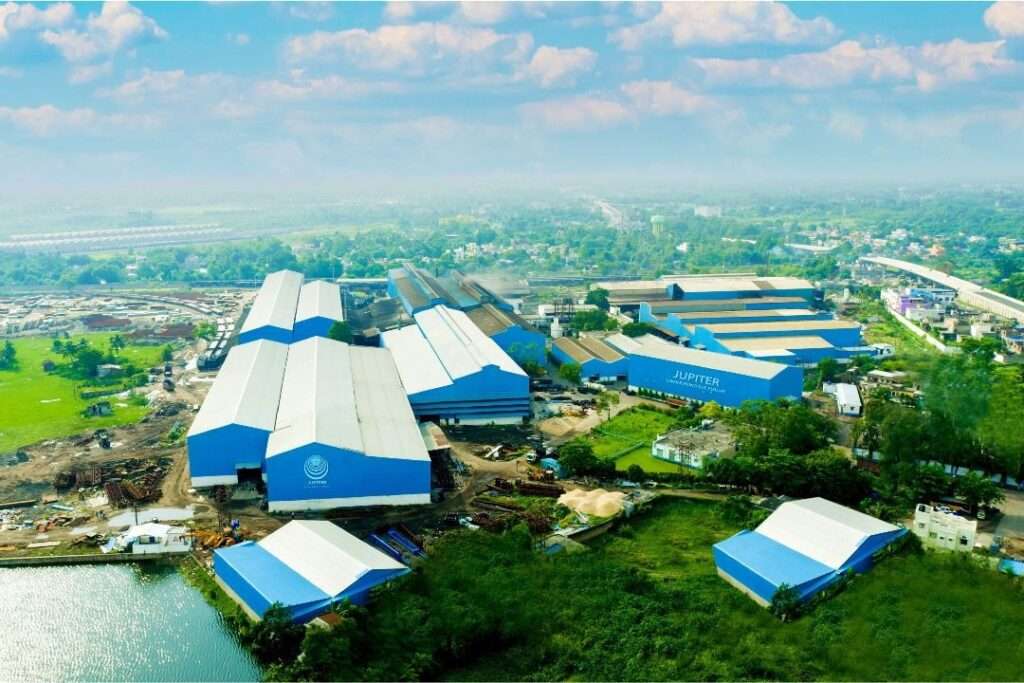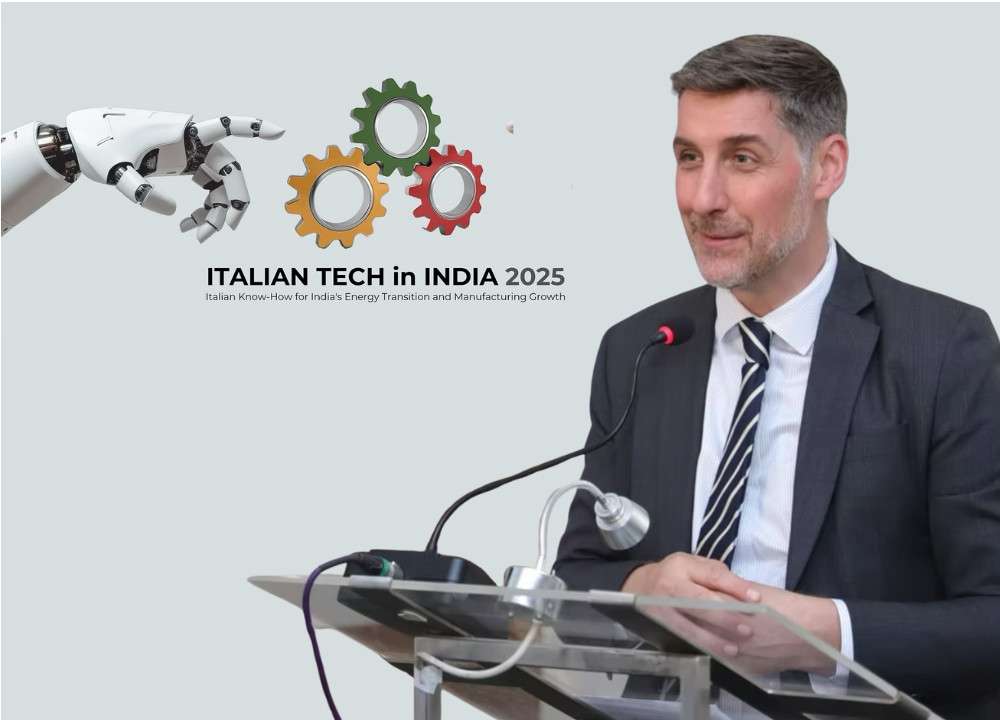As a tsunami of fresh COVID19 cases wreaks havoc on the medical facilities amidst a shortage of vaccines, hospital facilities, the country is going through a point of uncertainty. None like last time, Prime Minister Narendra Modi is yet to declare a full-fledged national lockdown measure. Indian manufacturing has shown tremendous courage fighting the lockdown during 2020, and then gearing up towards several innovations and contributing to the authorities in bringing down the pandemics to a controlled level.
Unfortunately, as a nation, after one year of pandemic, we are still confused, and facing uncertainty. States like Maharashtra, Tamil Nadu and Gujarat are already reeling under dwindling resources as medical facilities overflow with COVID patients. In Kumbh Mela, at Haridwar, the basic COVID-19 protocols of wearing masks, social distancing, temperature tracking and sanitising have been flagged off early.

Besides religious and social gatherings, several election constituencies have been flouting isolation and hygiene norms, rallying and assembling in large gatherings. Is the government, oblivious to the COVID massacre, waiting for a complete collapse in medical infrastructure and spike in labour deaths before curbing the infection rates?
The government’s leniency as India’s battle with the second wave has pushed thousands to the mercy of fate. What further fuelled the government’s negligence is the poll-bound states of Assam, West Bengal, Kerala Puducherry and Tamil Nadu where the ruling party is campaigning to secure a majority. While a few states have implemented night curfew and weekend lockdowns, it is a far cry from stopping the spread of the new variants. The deadly outbreak and relaxation of social distancing norms point at the imminent crisis of migrant exodus, unavailability of resources, inadequate labour, unemployment and halt in production.
 MSMEs sector, already recuperating from the losses of lockdown 2020, contributes to 25 per cent of GDP and 40 per cent to India’s export market. It witnessed a slump in revenues as production units and shipments were closed due to COVID19 restrictions. In Indian MSMEs, the workforce crisis was most poignant since many of the workers have migrated to villages at the onset of the government’s hasty call for nationwide lockdown. Even at the peak of liquidity crisis, default risks, delayed payment and distortion in the supply chain, the Indian government, unlike the US, Japan and Germany, had offered no incentives to the MSMEs.
MSMEs sector, already recuperating from the losses of lockdown 2020, contributes to 25 per cent of GDP and 40 per cent to India’s export market. It witnessed a slump in revenues as production units and shipments were closed due to COVID19 restrictions. In Indian MSMEs, the workforce crisis was most poignant since many of the workers have migrated to villages at the onset of the government’s hasty call for nationwide lockdown. Even at the peak of liquidity crisis, default risks, delayed payment and distortion in the supply chain, the Indian government, unlike the US, Japan and Germany, had offered no incentives to the MSMEs.
Even Budget 2021 has failed to bring MSMEs within its ambit thereby aggravating the absence of government-sustained assistance. MSMEs are looking towards an uncertain future that promises no certainty of pushing the operating cycle on track. MSMEs already had a ragged road to the trail before accessing the funds and resources promised by the government for recovery.
It would hardly be an exaggeration to acknowledge the déjà vu and conclude another round of massive loss in revenue due to laid-back lockdown measures. India has been declared the worst-hit country after U.S., Brazil and Mexico. One cannot help but criticise the short-sightedness of government that is yet to realise how fast India is heading towards a devastating tailspin.

Besides stringent vaccine drive and medical infrastructure revamp, India needs stringent social distancing policies to avert full-blown bankruptcy. India by dealing with special distancing norms, allowing populous states to hold rallies, paying zero heeds to scientific reasoning, cutting down on medical expenditures and engaging in unscientific knick-knacks has shown its ridiculous complacency in fighting corona.
The government has also been lax in genome sequencing and detecting the new virus whose different symptoms have hampered treatment and testing. Considering the bigger picture, it is unlikely that we can hope for a COVID-free India with such buffoonery in the centre and states.








